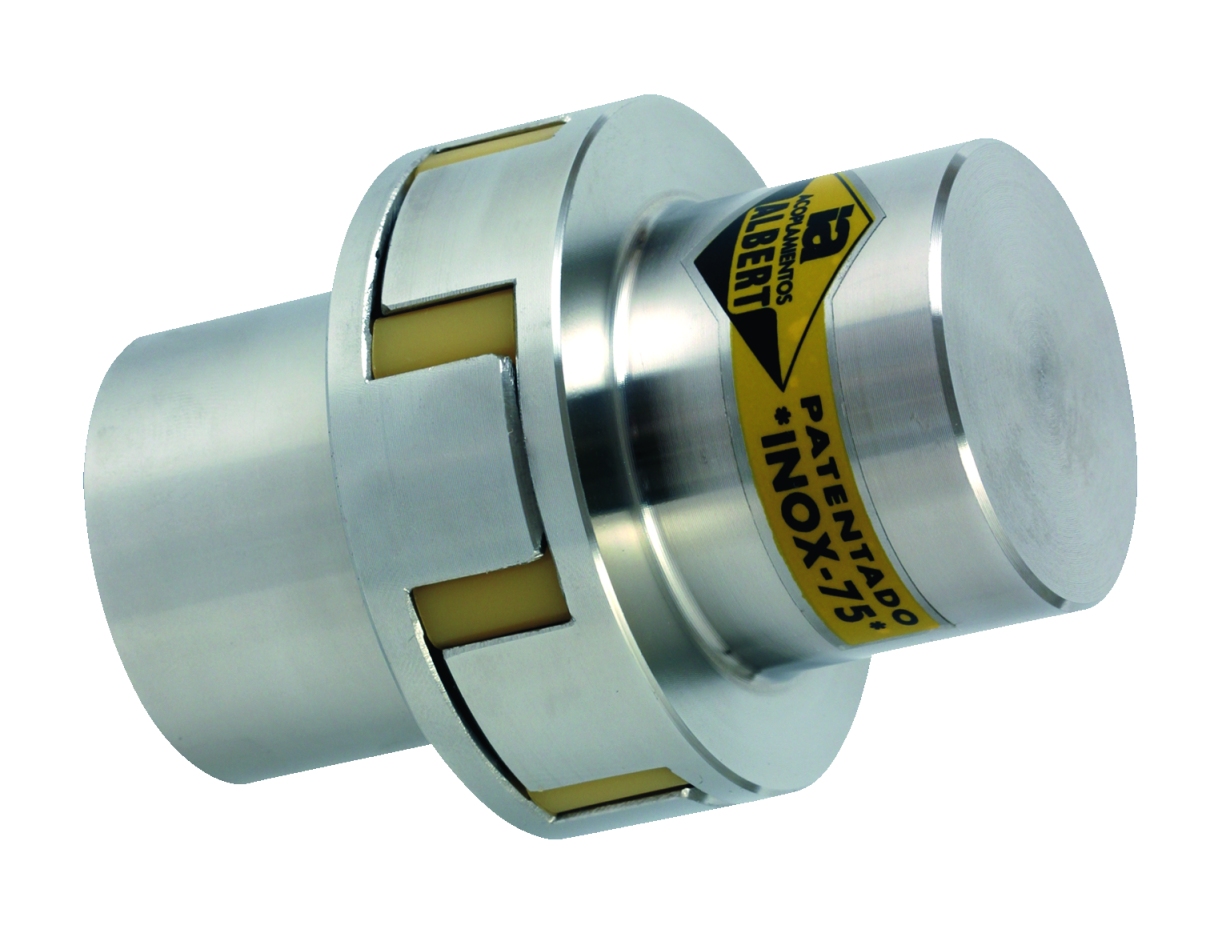Couplings are an essential component of any machine or system that requires the transfer of power from one component to another. They are used to connect two rotating shafts together, allowing them to rotate at different speeds and in different directions while still transferring power. Couplings are designed to absorb shock, reduce vibration, and provide a secure connection between the two shafts. There are many different types of acoplamientos available, each designed for specific applications and requirements. This article will provide an overview of the different types of mechanical power transmission couplings and their uses. Types of Mechanical Power Transmission Couplings:
- Flexible Couplings:
Flexible couplings are designed to absorb shock and vibration and to compensate for misalignment between two shafts. They are typically used in applications where the two shafts are not perfectly aligned or where the shafts may move or vibrate during operation.
- Rigid Couplings:
Rigid couplings are designed to provide a secure connection between two shafts and to transmit power without any loss of torque. They are typically used in applications where the two shafts are perfectly aligned, and where there is no need for shock or vibration absorption. Rigid couplings are available in a variety of designs, including gear, jaw, and sleeve.

- Fluid Couplings:
Fluid couplings are designed to transfer power between two shafts while allowing them to rotate at different speeds. They are typically used in applications where the two shafts are not perfectly aligned or where the shafts may move or vibrate during operation. Fluid couplings are available in a variety of designs, including hydraulic, pneumatic, and magnetic.
- Universal Joints:
Universal joints are designed to transfer power between two shafts while allowing them to rotate at different angles. They are typically used in applications where the two shafts are not perfectly aligned or where the shafts may move or vibrate during operation. Universal joints are available in a variety of designs, including single-cardan, double-cardan, and constant-velocity.
- Clutches:
Clutches are designed to transfer power between two shafts while allowing them to rotate at different speeds. They are typically used in applications where the two shafts are not perfectly aligned or where the shafts may move or vibrate during operation.
Mechanical power transmission acoplamientos are an essential component of any machine or system that requires the transfer of power from one component to another. There are many different types of couplings available, each designed for specific applications and requirements. This article provides an overview of the different types of mechanical power transmission couplings and their uses.

